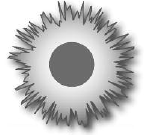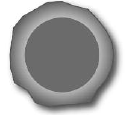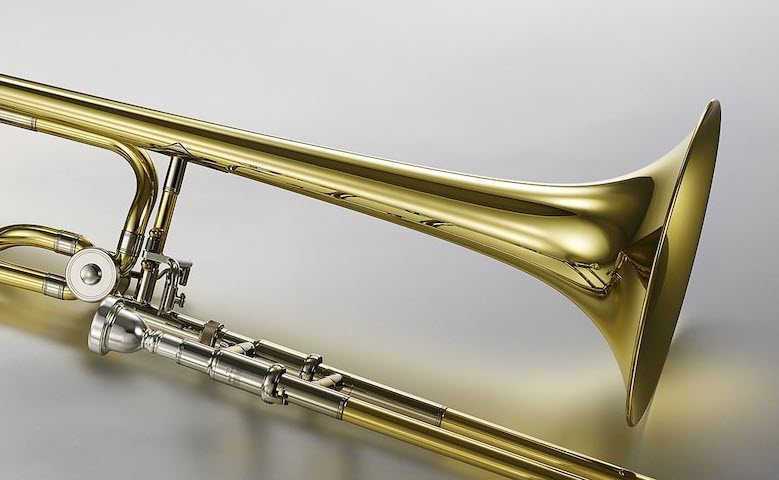Brass/Woodwind Instrument Finishes and Their Effect on Tone Quality
What’s the sonic difference between instruments with different finishes?
The tone of both metal and wooden instruments comes primarily from the material from which they are made, as well as playing technique. Although the finish applied during manufacture is designed principally for protection from the acids in your skin, it will also have some effect on the instrument’s sound.
When a brass or woodwind instrument is played, the vibrating column of air inside the instrument creates vibrations in the body material. These vibrations can be allowed to occur as freely as possible — like those in an instrument without lacquer or plating — or controlled with the use of a finish. The heavier the finish, the more the vibrations will be dampened. The ideal instrument has a clear, pronounced core sound, with a full range of rich overtones.
The four drawings below show how the tone differs between unlacquered instruments (i.e., those without a finish), those that are lacquered and those that are silver-plated. The finishes are shown in ascending order of thickness, and thus ascending order of impact on the instrument’s sound. In all cases, there are two parts to the sound: The core of the note (represented by the solid circle in the middle) and the overtones (shown by the halo around the circle.)
Unlacquered / No Finish

The core of the note is clearly present, and can be made even more dominant with heavier gauge metal as part of the body. Around it, the overtones are varied and heightened, with some notes sounding stronger than others.
Silver-Plated

Because of the added weight of the silver-plating, the core sound of the note is more prominent, but the overtone peaks are also more even, giving a smoother, rounder sound. This kind of instrument will respond consistently throughout its range.
Clear and Gold Lacquered

Lacquer coatings are usually thicker than electroplated silver finishes. This means that, depending on the design, the harmonics can be dampened further, giving a more linear response and fewer overtones. The core of the sound may be more prominent as well.
Black Lacquer

Black lacquer is much thicker than clear or gold lacquer. This means that the instrument has even more tightly controlled overtones for a darker, richer sound. The core of the sound is most prominent in black lacquered instruments.
Ultimately, you need to let your ears be your guide, but hopefully this information will help you at least narrow down the sound you are looking for!
Click here to learn more about Yamaha brass and woodwind instruments.














